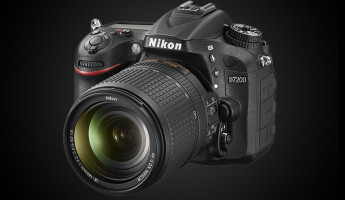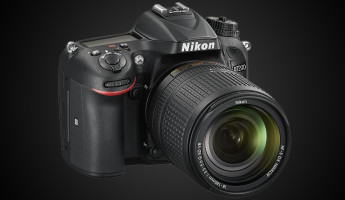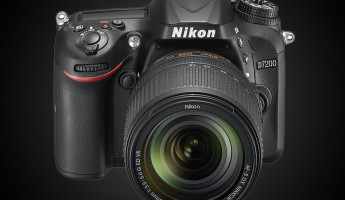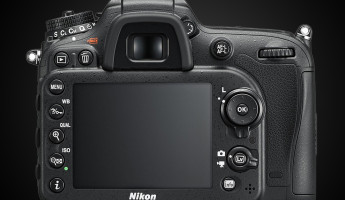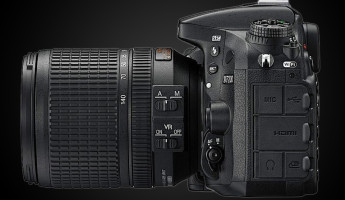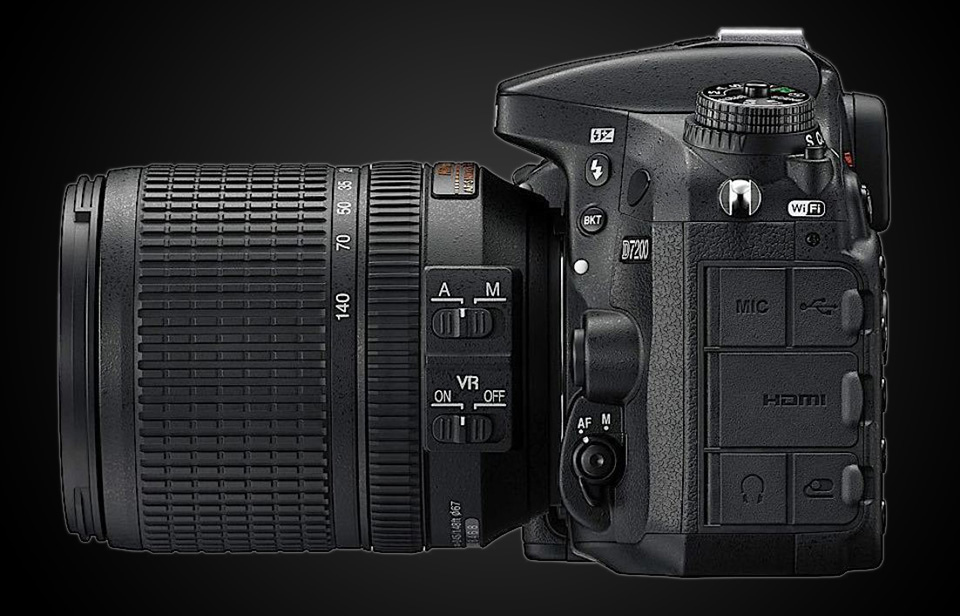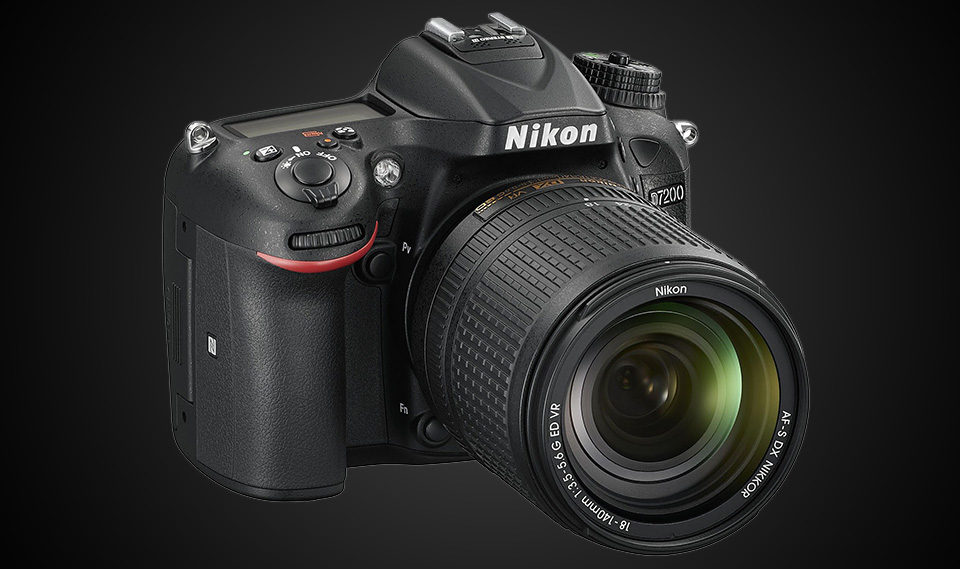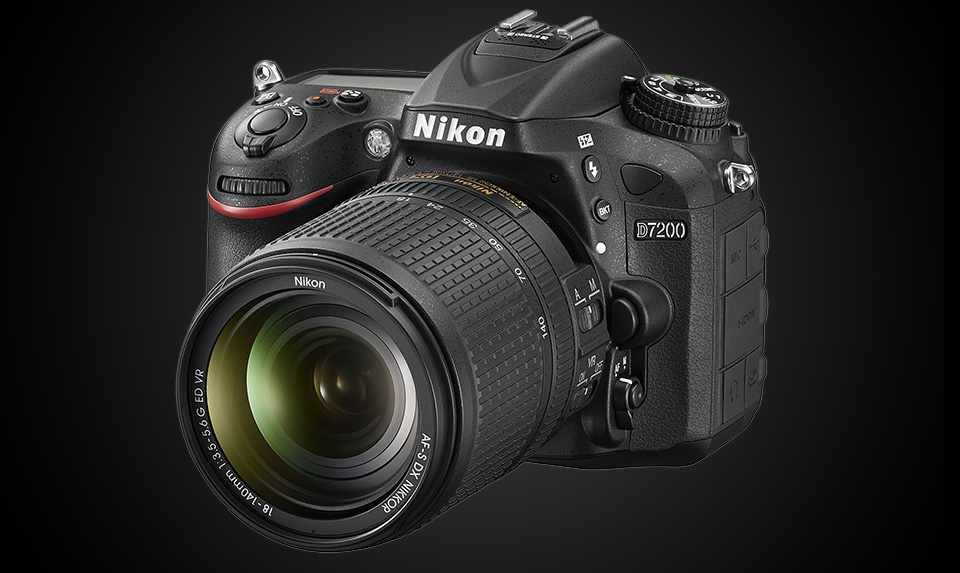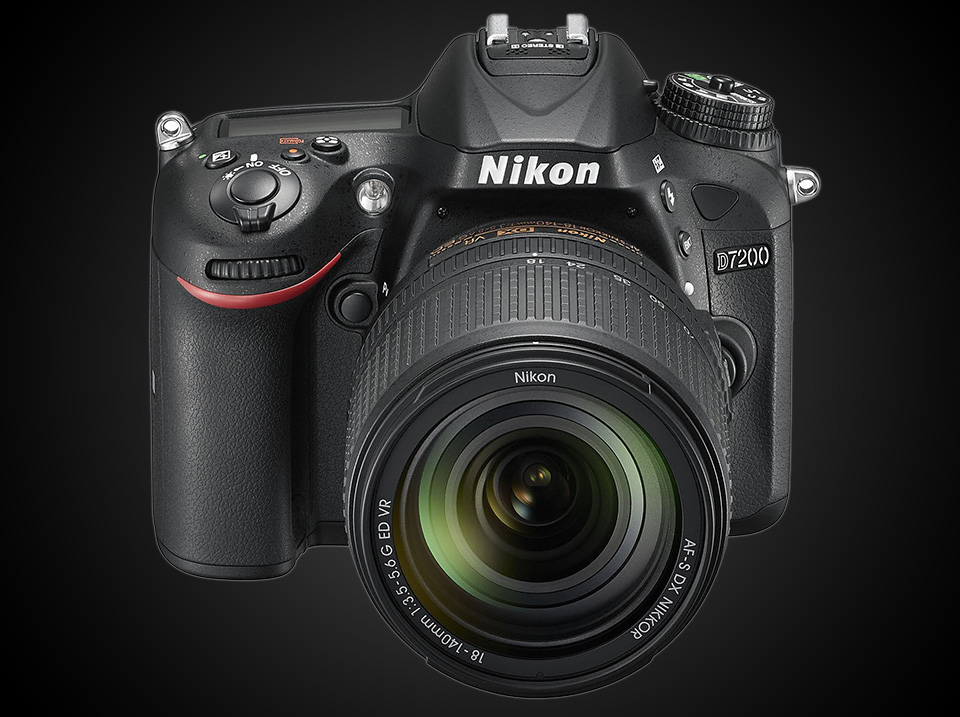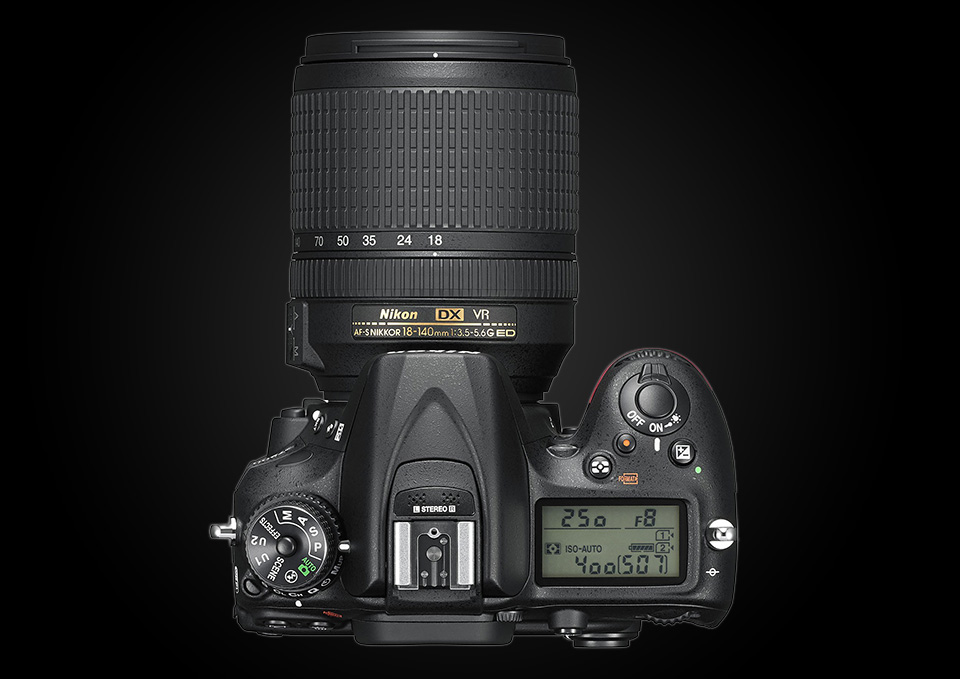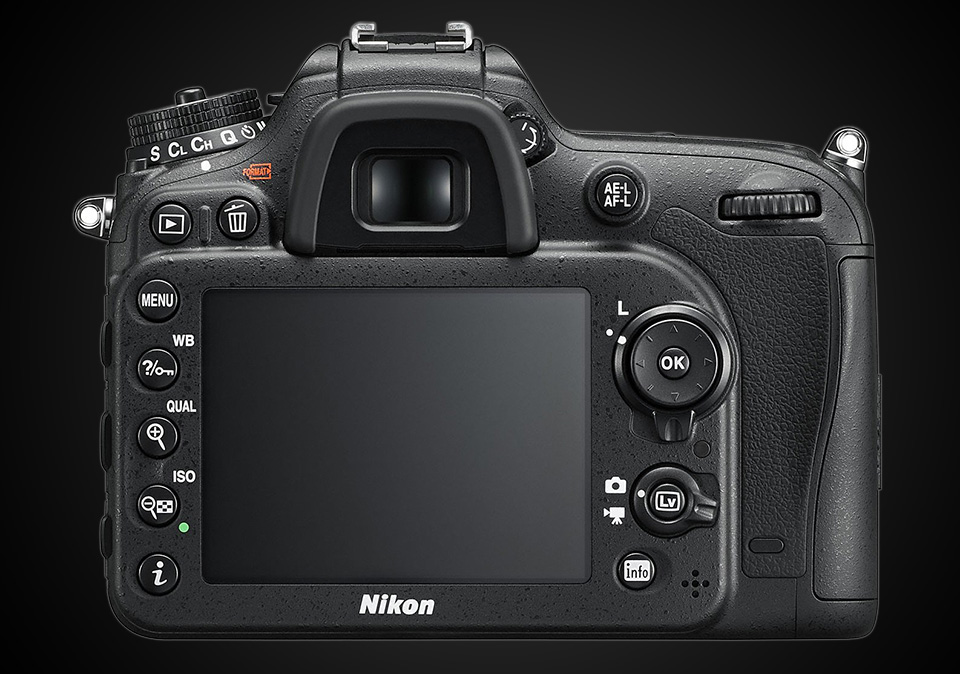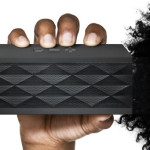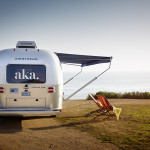- The New Nikon D7200 DSLR adds wireless functionality for remote camera control and image sharing
- The D7200’s features don’t appear to represent a significant change over its predecessor, the D7100
- Is the “best of” Nikon’s DX series enough to keep a photographer from investing in a full frame camera?
When it comes to Nikon DSLRs, there are two distinct lines of cameras. There’s the pricey, professional-class “full frame” camera it markets as “FX”, and the smaller, “crop format” cameras it sells as “DX”. Nikon’s FX line includes cameras with huge image sensors that can cost between $1,500 and $6,000. Nikon’s DX format cameras use smaller, cheaper sensors to gather light, and the result is serious cost-savings to photographer. A new DX camera can cost as little as $500 with an included lens.
The split between DX and FX has been seen as a split for “hobbyists” vs. “professionals”, but it’s not always that way. The new Nikon D7200 DSLR bridges the gap. It’s a professional-friendly camera, and the absolute best a photo enthusiast can get from a Nikon crop sensor device.
View in gallery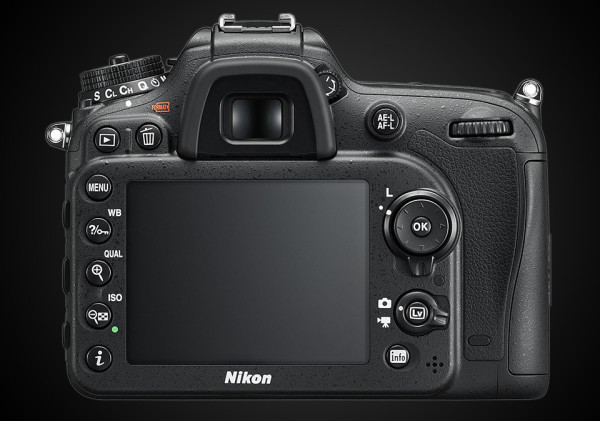
The Nikon D7200 is a 24.2MP digital camera that features similar functionality as Nikon’s base model FX camera. In essence, it’s the same body as Nikon’s $1,500 D610 DSLR, but built with a smaller crop sensor that costs much less. It’s compatible with Nikon’s full line of DX-format lenses, many of the FX-format lenses and a long line of legacy lenses from Nikon’s history. And unlike its D7x00 series predecessors, it catches up to the rest of the DSLR market by offering WiFi connectivity and even NFC. In short, it’s arguably the most compatible, connectable and cost-effective pro-friendly camera Nikon has offered to date.
That said, it’s also arriving to the party very late. Too late, even. The primary differences between the Nikon D7200 DSLR and the D7100 predecessor are the WiFi/NFC systems and a borrowed image processor. Its 24.2MP sensor is new to this series, but not new to Nikon. Its EXPEED 4 image processing system first arrived in the entry-level DX cameras. Really, the only new offering in the D7200 is the NFC compatibility, a system I doubt more than a fraction of photographers will ever use.
View in gallery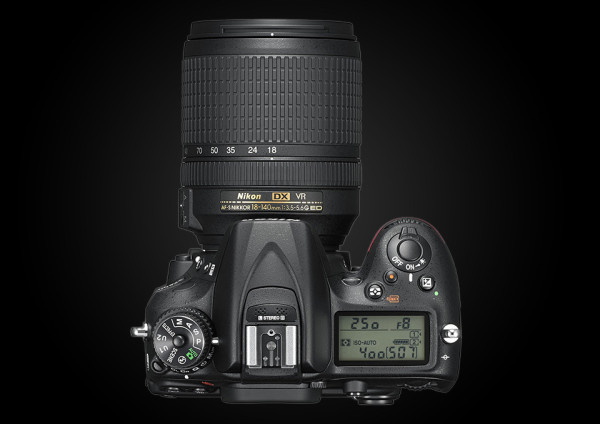
Why does it appear that Nikon has not pushed the enveloped with the D7200? First, the formula isn’t broken. The D7100 is an excellent camera, one that significantly outpaces its Canon counterpart in sheer image quality. Second, and this is more telling, the market for crop-sensor “close-to-pro” cameras is disappearing. You can spend $1,199 on the new Nikon D7200, or you can just pony up another $300 and get a bona fide full frame system.
The in-between, enthusiast/professional allure of the D7200 is also a point of weakness. Photographers who will want the D7200 are those that likely have a stable of DX-format lenses that don’t want to have to start from scratch with an FX system. Beyond that, there’s no real justification for buying a D7200 over a D610. It’s a pretty big cost to pay for second best.
View in gallery
The Nikon D7200 will be shipping this year for $1,199 for the body alone. It’s also available for $1,699 with an 18-140mm kit lens. There’s no doubt that it’s an excellent camera. There’s little doubt that a photographer would be thrilled with the images it can produce. But the values that make this camera attractive are also those that make it problematic. And its new features and functionality are more of an afterthought than a genuine point of evolution.
